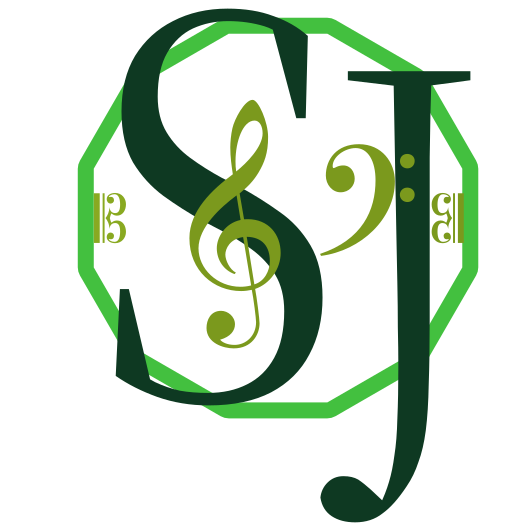Amorphous
for Pierrot Ensemble (flute, clarinet, violin, cello, piano, percussion); composed 2022
Program Note
Amorphous is a piece that is built from two modes; the first mode is called the “double harmonic minor” mode; its scale is made up of two symmetrical halves that sound like the upper half of the harmonic minor scale. It is also a North Indian rāga called Bhairav, traditionally performed in the early morning. The second mode, which is used for a middle section, is a standard Western mode, the Phrygian, also known as rāga Bhairavī in North Indian classical music (related to Bhairav only in name). These modes give a distinct sound to the music, brought about by the limitations inherent in modal music. I composed this piece in May and June 2022, while on vacation in India, and was inspired by the sights and sounds of that country during the compositional process.
The title, Amorphous, is tongue-in-cheek, as no piece of music is truly formless. However, like the term Fantasia, which implied a piece structured according to the composer’s fancy, Amorphous uses a freer form than that of a traditional work of classical music. Although some pieces may seem like they are truly formless, this piece’s form is essentially a rondo, where a recurring theme is alternated between contrasting material. This recurring theme provides something familiar, almost like a palate cleanser in between the alternating episodes. Amorphous was composed for Temple University’s New Music Ensemble, who premiered it on October 12, 2022.

